How to choose a cycle ergometer can be a minefield. So, here you will find information about the benefits, the uses and the different types of cycle ergometers to help you find the best solution for your needs.
What is a cycle ergometer?
Cycle ergometers are a type of stationary bike that measures the amount of energy exerted and exercise completed during pedalling. Monark ergometers can provide a gentle or intense workout and are suitable for a wealth of fields including:
- Fitness testing
- Sports science
- Research
- Rehabilitation and physical therapy
- Healthcare
- Medicine
Who invented the cycle ergometer?
Swedish professor of physiology, Per-Olof Åstrand, is the developer of the original Monark cycle ergometer, built in the 1950s. In fact, he is also the creator of the submaximal cycle test known as the Åstrand Test. To this day, the Monark LC4 ergometer include the Åstrand test as one of the pre-programmed test protocols.
The term ergometry stems from the Greek ‘ergon’ (work) and ‘metron’ (the minimal unit of measure in classical Greek verse). Consequently, the term literally translates as ‘work measurement’, usually performed on a cycle ergometer.
Cycle ergometers measure the work and energy of an individual during physical exercise. They offer sports people a cardio workout, as well as, strength training for the lower body. In fact, it’s thanks to this mix of cardio and strength training that results in substantial calorie burn. Moreover, because it’s a bicycle, the erg provides low-impact training. Consequently, joints will be under less stress and, thanks to the pedalling action, could also improve joint mobility.
Improving joint mobility is a particular benefit for older people. In fact, the European Review of Aging and Physical Activity published a study into the health benefits of cycle ergometer training for older adults over 70. Based on the evidence from this study, the researchers suggest that clinicians can now encourage older adults to profit from the health benefits of cycle ergometer training. This training will help this age group pursue their daily activities independently.
Uses of a bicycle ergometer
For fitness testing, the choice of primary exercise equipment is usually the cycle ergometer. The reason for this is that it is an ideal way of measuring power while the subject pedals against resistance. The Åstrand and Ekblom-Bak submaximal fitness tests are simple tests of heart function and state of physical fitness. In fact, Monark bikes will accurately test and measure cardiorespiratory fitness (VO2max), along with the YMCA test and other fitness parameters.
Additionally, athletes and coaches use ergs for indoor sports training. In this setting, an exercise physiologist will evaluate a subject’s various parameters that help to build a specific training program. Such measurements are lactate threshold, oxygen economy and peak power output. This is possible if the erg connects to additional equipment, while the subject pedals.

The most widely used ergometers worldwide are Monark. Sports and medical settings use Monark bikes. In fact, Monark is one of the leading manufacturers for testing and training ergs, with users ranging from Olympic medallists to rehabilitation patients.
Types of cycle ergometer
Upright
This is the most common type of cycle ergometer. The position offers a similar experience to riding a traditional bicycle. As a result, the user works the same muscles as when cycling outdoors, but also some of the upper body too.
Recumbent
Recumbent means ‘lying down’ and reflects the position taken while on the bike. This reclined position results in a leg-specific workout. Furthermore, the reclined body position provides support for the back and is gentle on joints. In fact, this leg ergometer is ideal for those with back or joint pain, such as arthritis.
Upper body arm/leg trainer
Upper body ergometers strengthen and condition the upper body, as well as providing a cardio workout. Subjects can use them while standing up or sitting down. But, unlike other ergs, this type only works the arms and not the legs. This makes them ideal for use in rehabilitation with patients. In fact, they’re perfect for anyone who has a lower-body injury. Furthermore, because they offer an upper-body workout only, they are suitable for wheelchair users. Finally, due to their size, they are ideal for use in the home as well as in a medical setting.
Sportspeople will use an arm ergometer to improve shoulder flexibility and mobility. This is particularly useful if the sport includes throwing, reaching or lifting, for example. Also, if an athlete needs to give their lower body time to recover from competition, the upper body erg allows them to continue exercising without putting any stress on their lower body.
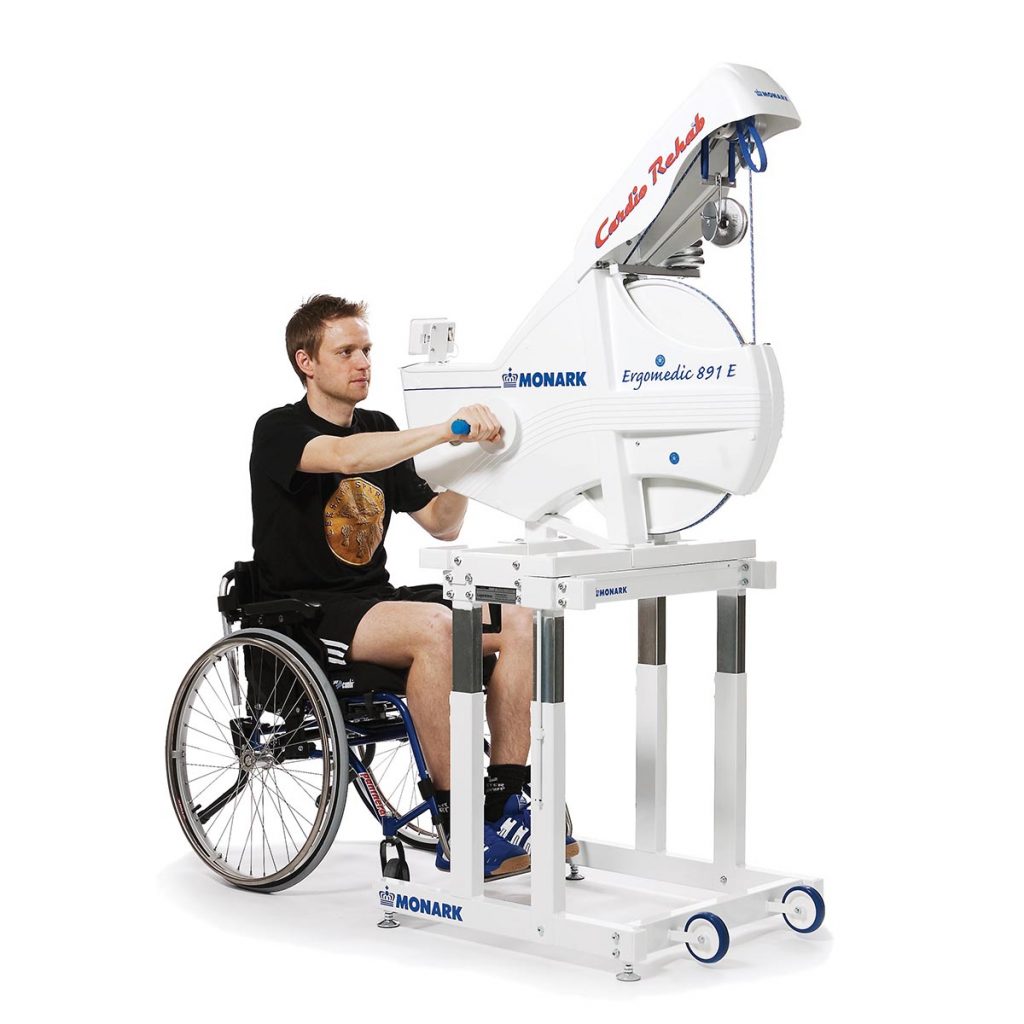
Ergometers are also very versatile, as they have the ability to adjust settings such as height, as well as, measure many variables.
Most suitable bikes for fitness & sports
Professional sports, sports medicine institutions and research laboratories use Monark’s sports cycle ergometers for fitness testing and training. They offer the user a perfect fit frame and realistic cycle feeling.
- When accuracy, versatility and usability matter then the LC4 is the one for you.
- The perfect ergometer for physiological tests is the LC6 Novo.
- For the ultimate research and performance analysis tool, the LC7TT is hard to beat.
- The world’s most widely used test bike for fitness tests and work tests is the 828E.
- For an upper-body arm ergometer that measures aerobic and anaerobic work, the 891E Wingate is the best choice.
- Finally, for extreme work and power testing, choose the 894E aka Peak Bike.
Most suitable bikes for health & medical
Hospitals, health care facilities and rehabilitation/therapy clinics use Monark’s medical cycle ergometers as they offer a frame that is easy to access for everyone.
- An easy-to-use erg for rehabilitation and basic training is the 927E.
- For submaximal tests, training and rehabilitation, the 928G3 does it all.
- For an easy-to-use recumbent for hospitals and rehabilitation centres, have a look at the RC4.
- If you require a top-of-the-line recumbent for advanced physiological testing, the RC6 Novo is the one for you.
- A recumbent for qualitative training and rehabilitation is the RT2.
- If you’re short of space, the easy-to-use 871E arm/leg trainer (with an optional table available) is ideal.
- For physical therapy, choose the 881E arm/leg trainer (with an optional table available).
- If you need an upper-body trainer for various departments, then the 891E Wingate height-adjustable upper body trainer with wheels is the best choice.
- Finally, for advanced testing in a medical setting the 939 Novo is most suitable.

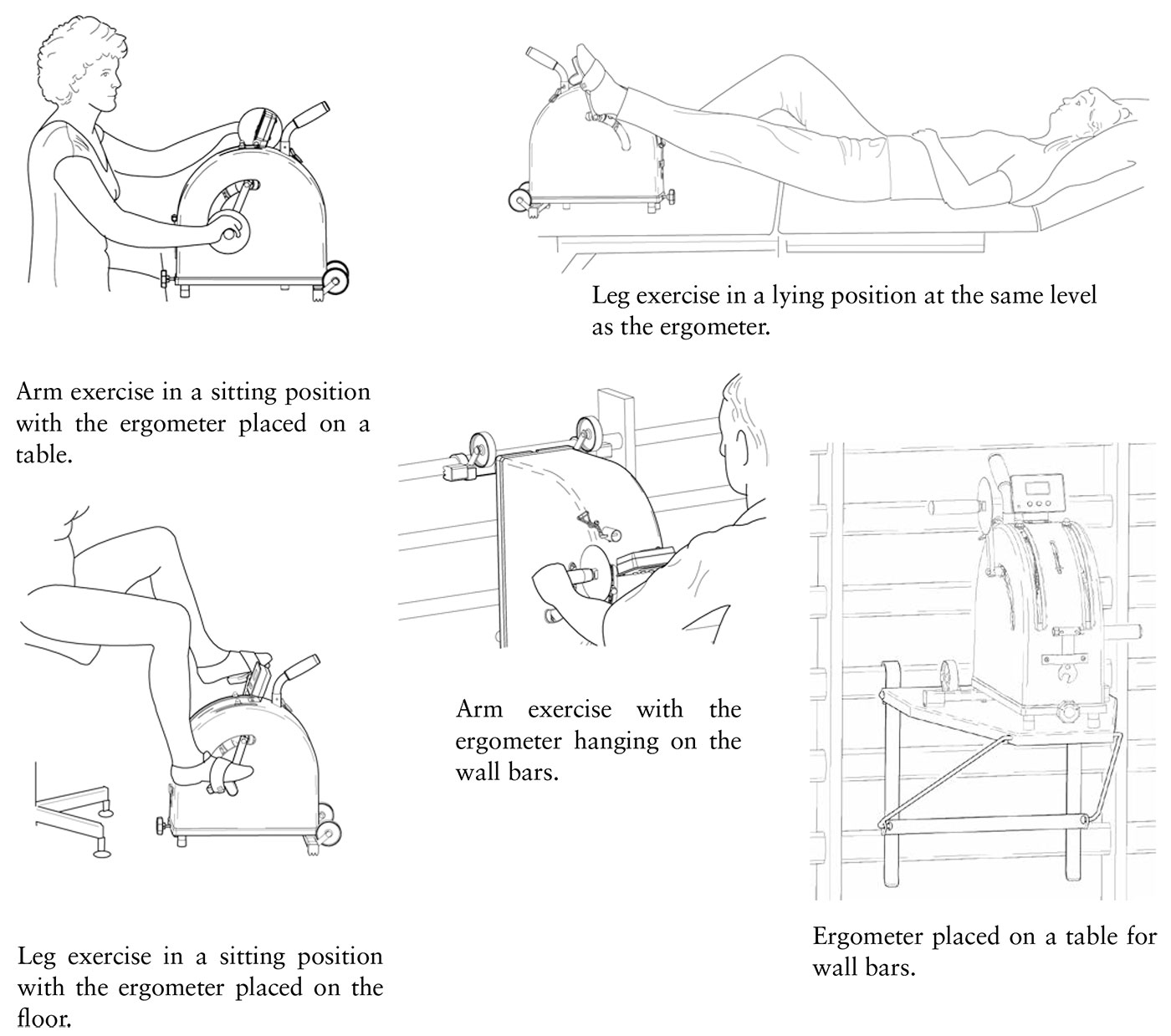
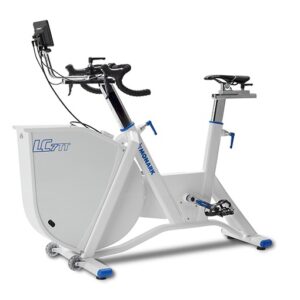
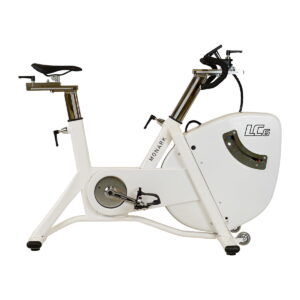
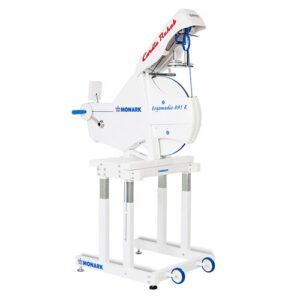
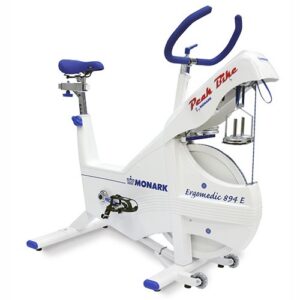
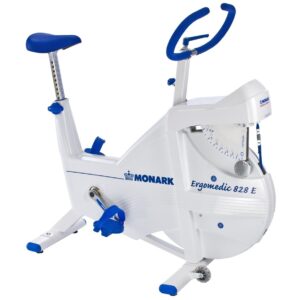
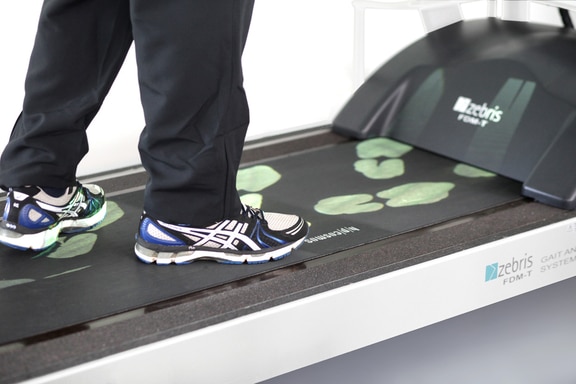
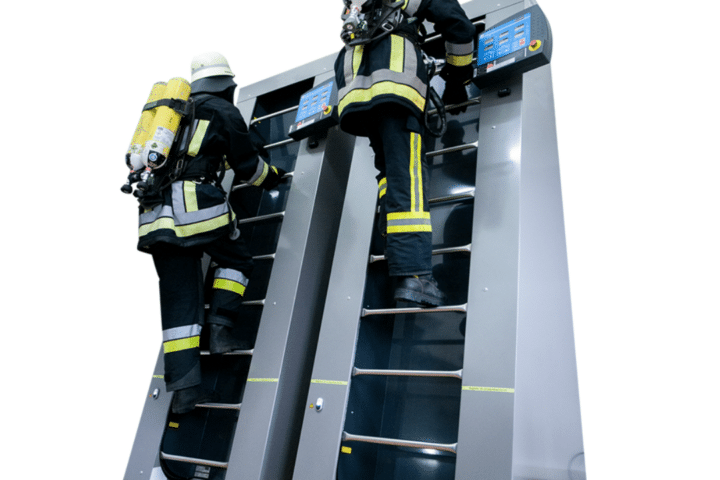
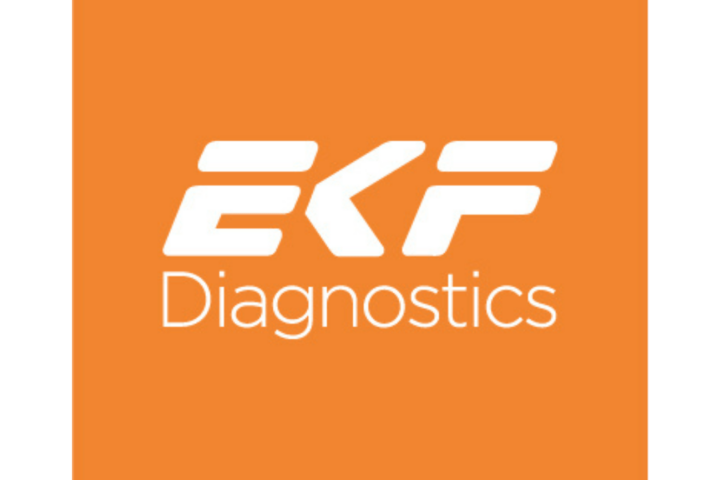
One thought on “How to Choose the Ideal Cycle Ergometer”